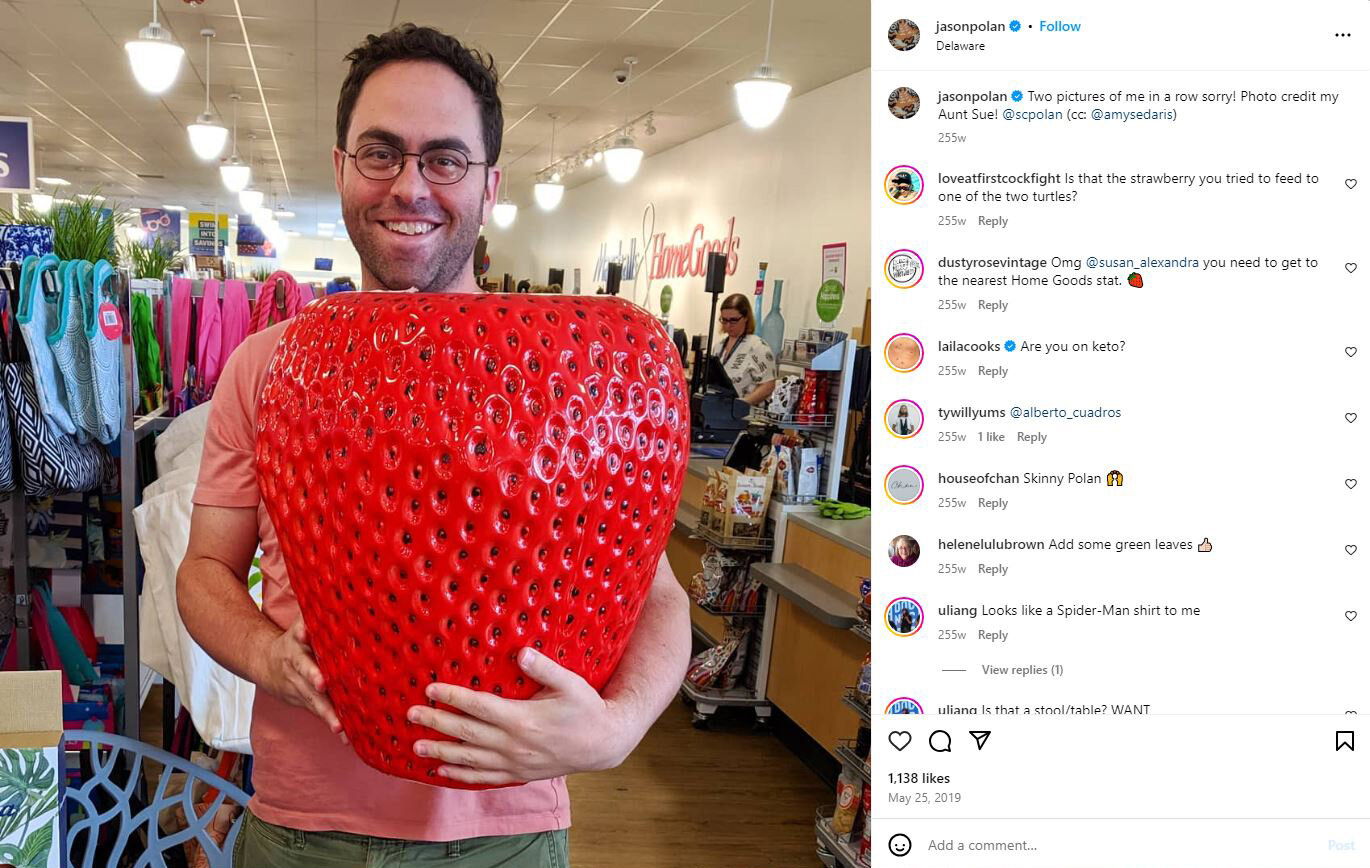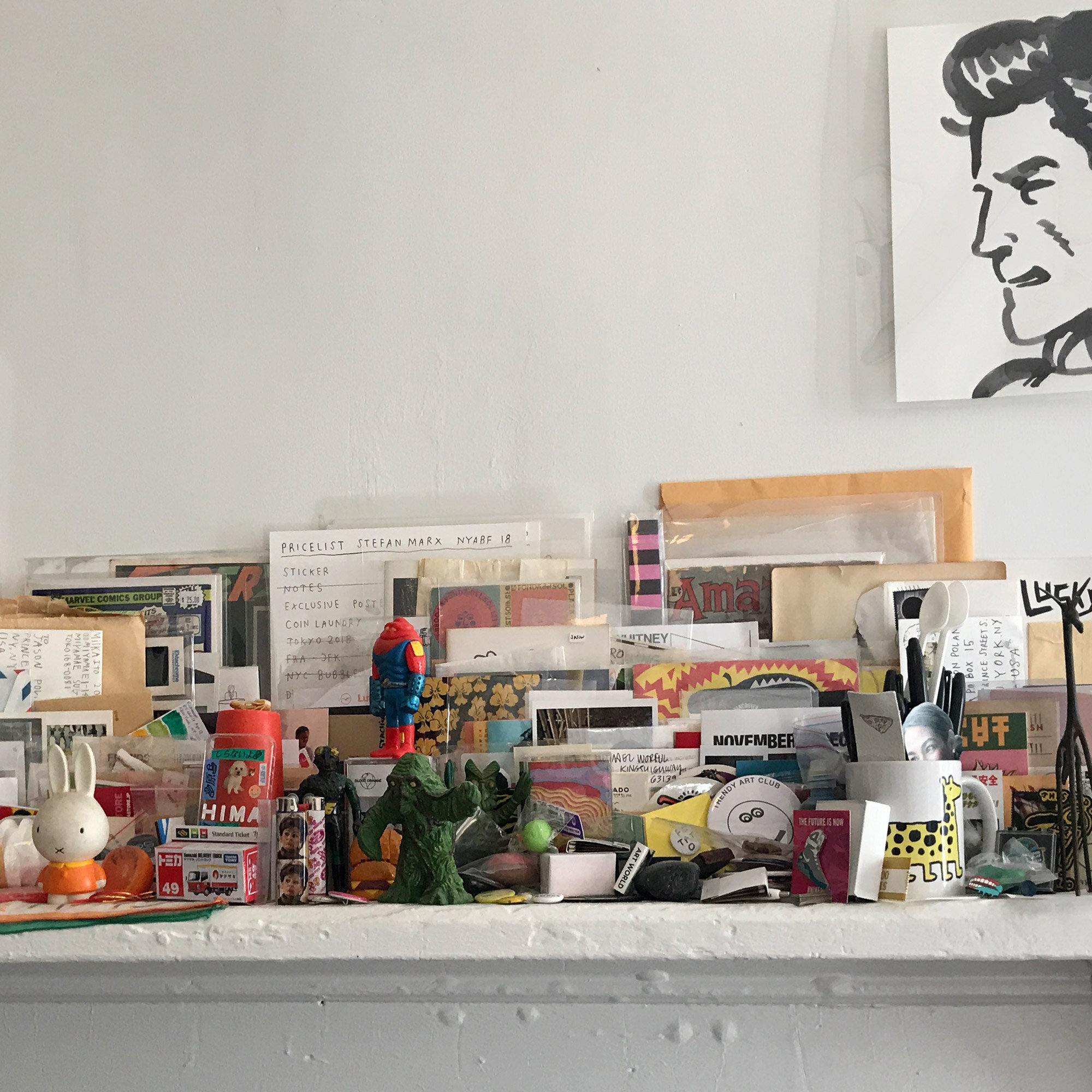239
239
c. 2015
mixed media 7½ h × 24¼ w × ¾ d in (19 × 62 × 2 cm)
mixed media 7½ h × 24¼ w × ¾ d in (19 × 62 × 2 cm)
estimate: $200–300
result: $378
This work will ship from Lambertville, New Jersey.
As someone who circulated freely through the urban environment of New York City, Jason Polan’s work as an artist was intimately connected to experiencing all that the metropolis had to offer—and fondly, sometimes obsessively, cataloging its ceaseless variety. Polan moved to New York in 2005 and passed away at the start of 2020. Because his time there spanned the post-9/11 to pre-COVID era, he absorbed the city during the slow reconstruction of lower Manhattan, amid the shock of the Great Recession of 2008, and prior to the dramatic shutdown brought on by the global pandemic.

Both ambition and optimism are inherent in Polan’s embrace of New York's sprawling physical terrain and masses of people, who are without fail rendered as distinct individuals by Polan’s hand. Above all, his artistic project suggests freedom of movement and proximity to others, along with the importance of noticing and carefully documenting, while evoking in retrospect our shared loss of spatial innocence.
“[Jason] died before the pandemic,” Sadie Stein noted in her opinion piece for The New York Times in early 2021, “when most of us still had yet to learn that those occasional breaks from urban anonymity, those small moments of connection—wordless, spoken, odd, quotidian—are a tremendous luxury.”
Apart from regularly sharing a table with friend and artist Stefan Marx at Printed Matter’s annual New York Art Book Fair in recent years, Polan did not exhibit widely or have his work shown by major galleries. Among the exceptions were his first-ever solo show, Living and Working, at Chelsea's Nicholas Robinson Gallery in 2011 and an exhibition featuring some of his works at the Parisian retail boutique Colette in 2013. Nevertheless, Polan’s prolific nature and egalitarian approach made him both a well-known and beloved artist, someone who imbued rare warmth and humanity into his art and everyday interactions, which were ultimately inextricable from each other.

